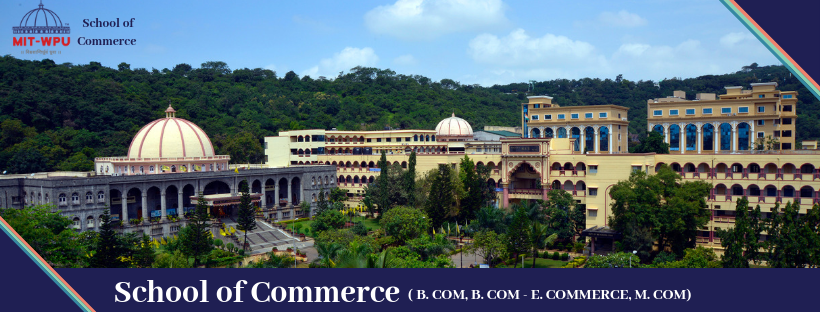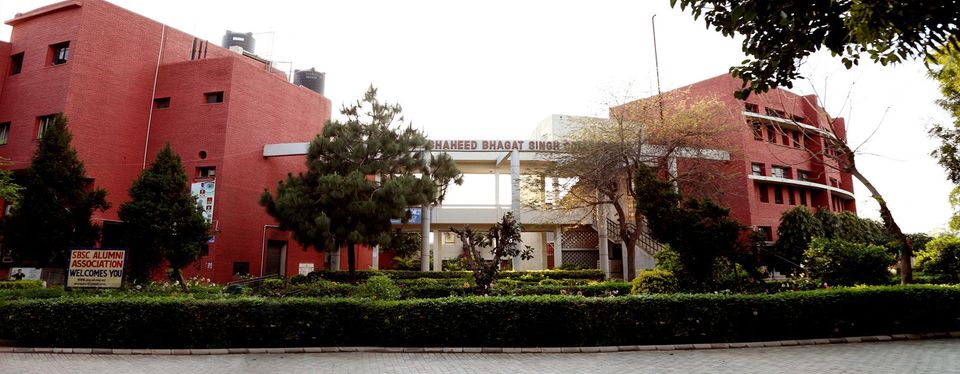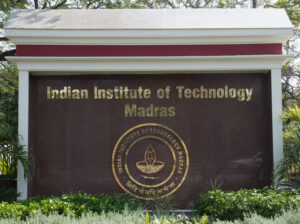New Delhi: Engineering Services Examination (ESE) conducted by Union Public Services Commission (UPSC) is a one of the toughest competitive exams. Each year a large number of Engineering candidates apply for engineering services in Government of India.
ESE conducted by the UPSC is a national level civil services examination conducted by the UPSC to recruit technical/engineering graduates to serve the various departments/organizations of Union Government of India. Four categories of engineering jobs available under ESE: Category I‐Civil Engineering; Category II‐Mechanical Engineering; Category III‐Electrical Engineering; and Category IV‐Electronics & Telecommunication Engineering.
For ESE 2020, the number of vacancies to be filled on the results of the examination is expected to be approximately 495, as per UPSC Notification. Here, SkillOutlook presents the exam composition and pattern and selection procedure.
Selection Procedure: The entire selection process of ESE 2020 conducted by the UPSC consists of three steps: Stage I -Preliminary Examination; Stage‐II – Engineering Services (Main) Examination; and Stage‐III – Personality Test.
Brief on Examination Plan ESE 2020:
(i) Stage‐I: Engineering Services (Preliminary) Examination (Objective Type Papers) for the selection of candidates for the Stage‐II – Engineering Services (Main) Examination;
(ii) Stage‐II: Engineering Services (Main) Examination (Conventional Type Papers) and
(iii) Stage‐III : Personality Test
Preliminary Examination (ESE 2020): The Engineering Services (Preliminary/Stage‐I) Examination will consist of two objective type (multiple choices) questions papers and carrying a maximum of 500 marks (Paper 1 – 200 Marks & Paper II – 300 Marks). Only those candidates who are declared by the Commission to have qualified in the Preliminary/Stage‐I Examination in the year will be eligible for admission to the Main/Stage‐II Examination of that year provided they are otherwise eligible for admission to the Main/Stage‐II Examination.
The Marks obtained in Preliminary/Stage‐I Examination by the candidates who are declared qualified for admission to the Main/Stage‐II Examination will be counted for determining their final order of merit. The number of candidates to be admitted to the Main/Stage‐II Examination will be about six to seven time the total approximate number of vacancies to be filled in the year through this examination.
The Commission will draw a list of candidates to be qualified for Engineering Services (Main/Stage‐II) Examination based on the criterion of minimum qualifying marks in General Studies and Engineering Aptitude Paper (Paper‐I) and Engineering Discipline specific paper (Paper‐II) of Preliminary/Stage‐I Examination.
General Studies and Engineering Aptitude of Preliminary Examination, Paper I, will be Objective type, and Common to all Candidates.
The Paper I will have duration of Two Hours meanwhile Paper II will have duration of Three Hours.
There will be penalty (Negative Marking) for wrong answers marked by a candidate in the objective type question papers.
There are four alternative for the answers to every question. For each question for which a wrong answer has been given by the candidate, one‐third (1/3rd) of the marks assigned to that question will be deducted as penalty.
If a question is left blank i.e. no answer is given by the candidate, there will be no penalty for that question.
Main Examination (ESE 2020): The Engineering Services (Main/stage‐II) Examination will consist two conventional type papers in Engineering Discipline specific with duration of three hours and maximum marks of 600 (300 Marks in each paper).
Personality Test: The Stage‐III will consist of Personality Test carrying 200 Marks.
Candidates who obtain such minimum qualifying marks in Preliminary Examination (Stage I), Main Exam (Stage II) as may be fixed by the Commission as per its discretion, shall be summoned by them for Stage‐III (Personality Test). The number of candidates to be summoned for Personality Test will be about twice the number of vacancies to be filled. The Personality Test will carry 200 marks (with no minimum qualifying marks).
Final Rankings: Marks obtained by the candidates in the Stage‐ 1 – Preliminary Examination, Stage‐II – Main Examination and Stage‐III (Personality Test) would determine their final ranking. Candidates will be allotted to the various services keeping in view their ranks in the examination and the preference expressed by them for the various services/posts.
Here it can be mentioned that for ESE 2017, the Union Public Service Commission (UPSC) recommend a total of 500 candidates for appointment to various Services/Posts in the Ministries/Departments concerned.
As per the Annual Report 2015-16 of the UPSC , more that 2.5 lakh candidates applied for the examination. As against a total of 92,817 candidates, who had appeared in the written examination, a total number of 1,134 candidates qualified for the Personality Test. A total number of 434 candidates were recommended. Hence, out of each 576 candidates only one was able to crack the competitive exam.









